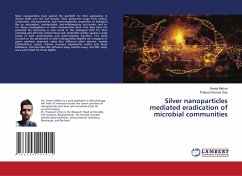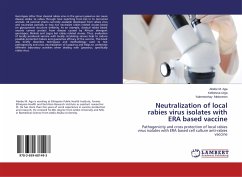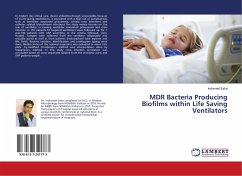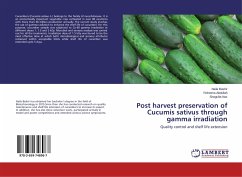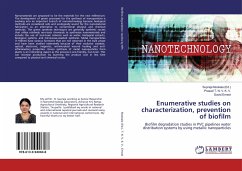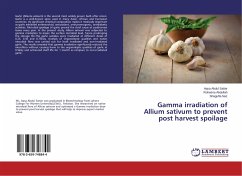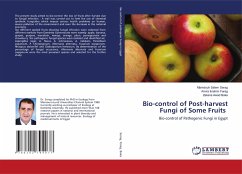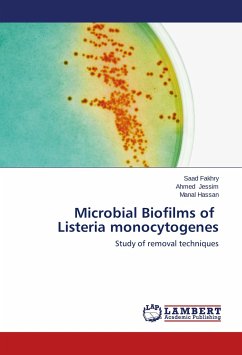
Microbial Biofilms in the Post-Genome Era
Biofilms Revisited in the Post-Genoe Era: Functional Characterization and Genetic Dissection of Microbial Biofilms
Versandkostenfrei!
Versandfertig in 6-10 Tagen
32,99 €
inkl. MwSt.

PAYBACK Punkte
16 °P sammeln!
Both in the wild and in the clinical setting many bacterial species live within surface-attached, matrix-enclosed communities called biofilms, and today biofilms are considered to be an integral component in the life cycle of most microbial species. Additionally, biofilms are associated with the majority of human bacterial infections and in that context, bacteria are significantly more tolerant of antimicrobial agents. In spite of all their significance, this surface-associated life style has remained poorly understood, mostly due to the inherent complexities associated with their studies. Thi...
Both in the wild and in the clinical setting many bacterial species live within surface-attached, matrix-enclosed communities called biofilms, and today biofilms are considered to be an integral component in the life cycle of most microbial species. Additionally, biofilms are associated with the majority of human bacterial infections and in that context, bacteria are significantly more tolerant of antimicrobial agents. In spite of all their significance, this surface-associated life style has remained poorly understood, mostly due to the inherent complexities associated with their studies. This book is focused on dissecting the underlying biology of biofilm formation and some of the most fundamental biofilm-associated phenotypes in different bacterial species using a combination of systems-level experimental and computational approaches. The systematic frameworks presented in these studies, along with the acquired insights, should benefit the study of microbial biofilms formed byother species and set the stage for development of novel therapeutics against biofilm-associated infections.



